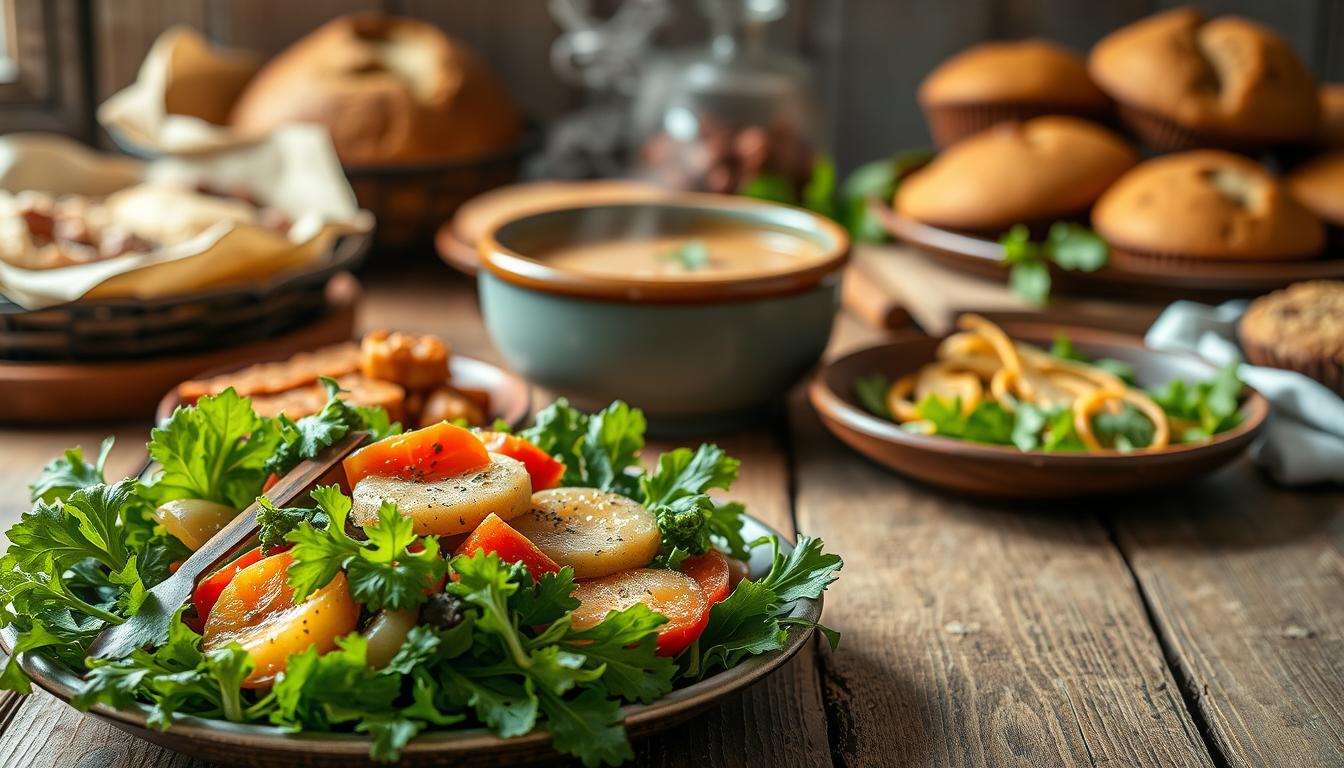
Healthy snacks help bridge long gaps between meals and reduce impulsive choices later. When you plan a few fit snacks ahead—like a homemade bar, a measured nut mix, or a quick bowl of plain yogurt with fruit—you get steady energy without derailing your day. This guide focuses on portion control, balance, and easy prep rather than miracle claims, so you can repeat what works and skip what doesn’t.

Key concepts & benefits
Snacks are most helpful when they prevent overeating at the next meal. Aim for a balance of protein + fiber and keep portions around 150–250 kcal. Example: 170 g plain yogurt + berries + 1 tsp honey or cinnamon. People often find that pre-portioning nuts or bars eliminates guesswork and keeps calories consistent across the week.
Useful guides: USDA MyPlate—Dairy and Harvard—Healthy Weight.
Step-by-step guide
Step 1 — Plan the week (slots & portions)
- Pick 1–2 snack slots per day (e.g., 10:30 and 16:00).
- Set a portion range (150–250 kcal) and stick to it.
- Choose 3 core snacks to rotate; note any allergies/preferences.
Step 2 — Stock the pantry & fridge
- Proteins: Greek/regular plain yogurt, cottage cheese, boiled eggs.
- Carbs & fiber: oats, whole-grain crackers, fresh fruit, dates.
- Fats: nut mix (almonds, walnuts, cashews), peanut/almond butter.
- Flavor boosts: cinnamon, cocoa powder, lemon zest, vanilla.
Step 3 — Assemble three “go-to” snacks
Build once, repeat all week. Here are three base options—each balanced and adaptable.
1) Homemade bar (no-bake)
- 1 cup oats + ⅓ cup peanut butter + 2 tbsp honey + pinch of salt.
- Press into a lined pan; chill and slice into 10–12 bars.
- Optional: cocoa powder or chopped nuts for texture.
2) Nut mix (pre-portioned)
- Almonds + walnuts + cashews + a few raisins (optional).
- Measure 25–30 g per pack (about a small handful).
- Store in mini zip bags or jars; keep one in your bag.
3) Plain yogurt bowl
- 170 g plain yogurt (Greek for extra protein).
- Top with berries + 1 tsp chia or crushed nuts.
- Flavor with cinnamon or vanilla; add lemon zest for brightness.
Tips, common mistakes & fixes
- Mistake: snacking without hunger. Fix: use a “HALT” check (Hungry/Angry/Lonely/Tired) before eating.
- Mistake: oversized portions. Fix: pre-portion nuts/bars; keep yogurt cups single-serve.
- Mistake: sugary add-ons. Fix: lean on fruit and spices; measure honey (1 tsp).
- Mistake: boring choices. Fix: rotate textures and flavors weekly.
Tools & recommended resources

- Mini containers or snack bags: 100–200 ml size to cap portions.
- Kitchen scale: weigh a few times to learn your visual cues.
- Insulated tote: keeps yogurt and fruit safe when commuting.
- Trusted references: USDA MyPlate; Harvard—Healthy Drinks.
- From our site: MonetizeWorks Blog • Contact • Privacy Policy.
10 quick healthy snack ideas
- Apple slices + 1 tbsp peanut butter.
- 1 cup plain yogurt + berries + cinnamon.
- Mini nut mix + a fresh fruit.
- Carrot sticks + hummus.
- Whole-grain crackers + cottage cheese.
- Rice cake + mashed avocado + chili flakes.
- Homemade bar + unsweetened tea.
- Grapes + string cheese.
- Edamame (steamed) + lemon.
- Cucumber rounds + tuna salad (light mayo or yogurt).

FAQ
How many snacks should I eat per day?
Most people do well with one to two snacks depending on schedule and hunger. If a snack helps you avoid overeating later, it’s doing its job. Try setting fixed “windows” (e.g., mid-morning and mid-afternoon) and stick to portions of 150–250 kcal. If you’re not hungry, skip it—snacks are tools, not rules.
Are nuts too calorie-dense for snacks?
Nuts are calorie-dense, but controlled portions work great. Pre-portion 25–30 g into small containers to avoid handful creep. Combine with a piece of fruit for volume and fiber. If weight loss is a goal, use nuts as deliberate add-ins rather than an open bag near your desk.
Is flavored yogurt okay?
It can be, but check sugars. Many flavored cups have added sugar that pushes calories up quickly. A simple tweak is to buy plain yogurt and add fruit, cinnamon, or a teaspoon of honey for controlled sweetness. Greek yogurt boosts protein, which helps with satiety.
What if I crave sweets in the afternoon?
Plan for it. Keep options that feel treat-like but fit your targets: a small homemade bar, dark chocolate (20–30 g), or yogurt with cocoa powder and berries. Pair sweets with protein or fiber to slow digestion and keep energy steady into the evening.
Conclusion & CTA
Healthy snacks are most effective when they’re planned, portioned, and enjoyable. Rotate a few favorites, keep supplies visible at home and work, and use small containers to make the right choice the easy choice. Over time, these simple habits support steady progress without strict rules.
Want printable planners and new ideas? Join our newsletter on the MonetizeWorks Blog and grab our free Healthy Snack Starter Checklist.
Helpful links: USDA MyPlate • Harvard—Healthy Weight